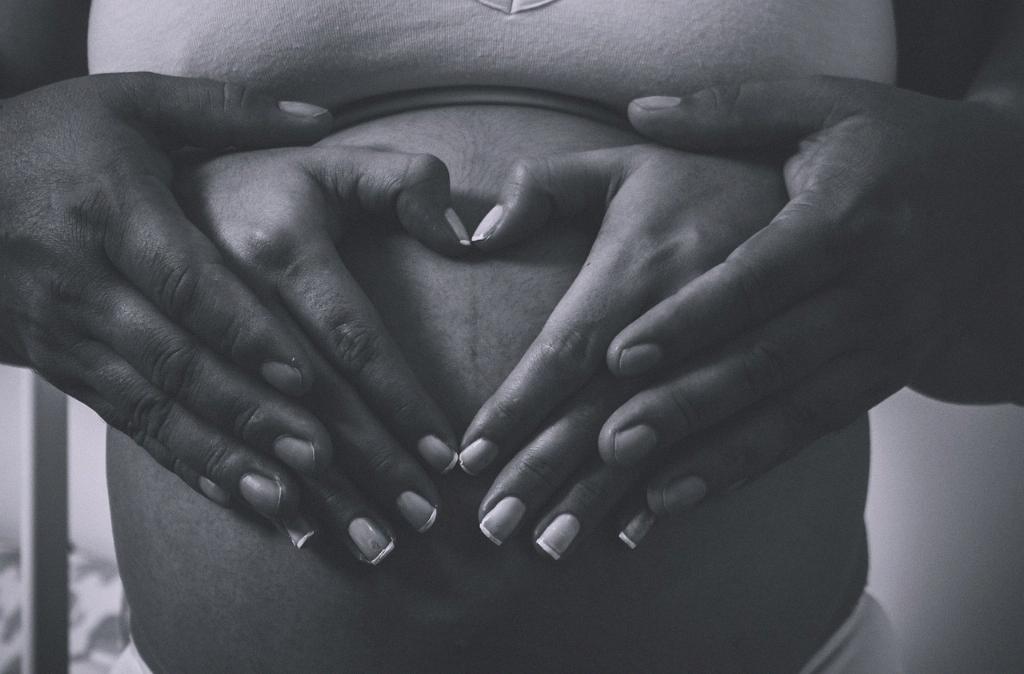When it comes to using the FIRST RESPONSE Early Result Pregnancy Test, it is important to understand the features and guidelines that come with this particular product. This test is specifically designed to detect hCG (human chorionic gonadotropin), a hormone produced during pregnancy, as early as 6 days before your missed period, which is roughly 5 days before the expected day of your period.
One key feature of the FIRST RESPONSE test is that you can use it at any time of the day. Unlike some pregnancy tests that require you to use first-morning urine for accurate results, this test does not have that restriction. This provides convenience and flexibility to users, allowing them to take the test whenever it is most convenient for them.
Before using the FIRST RESPONSE Early Pregnancy Test, it is essential to carefully read the instructions provided in the packaging. Following the instructions accurately is crucial to ensuring the reliability of the test results. Make sure to familiarize yourself with the steps involved in taking the test to avoid any errors that may affect the outcome.
To use the FIRST RESPONSE test, start by removing the test stick from its wrapper. Be cautious not to touch the absorbent tip, as it is sensitive and should not be contaminated. Hold the test stick by the handle and point the absorbent tip downward. It is recommended to take the test in a clean, dry location.
Next, place the absorbent tip in your urine stream for a few seconds or collect a sample of your urine in a clean, dry container and dip the absorbent tip into the urine for 5 seconds. Ensure that the absorbent tip is fully saturated with urine. Take care not to submerge the test stick past the MAX line indicated on the stick.
After collecting the urine sample, lay the test stick flat on a clean, dry surface with the absorbent tip facing upward. Do not cover the result window during the waiting period. The test results should be visible within a few minutes, but it is advisable to wait for the specified time mentioned in the instructions to get an accurate result.
As the test develops, you may notice a control line and a test line. The control line serves as a reference point to ensure that the test was performed correctly. If a test line appears, it indicates a positive result for pregnancy. On the other hand, if no test line appears, it indicates a negative result.
It is essential to interpret the test results within the specified timeframe provided in the instructions. Reading the results after the designated time may lead to inaccurate results. If you are uncertain about the results or have any doubts, it is recommended to consult a healthcare professional for further guidance and clarification.
After interpreting the test results, dispose of the test stick properly according to the guidelines provided in the instructions. Maintaining proper hygiene during and after the test is crucial to ensuring your safety and the accuracy of the results. Remember to wash your hands thoroughly after handling the test stick.
In conclusion, using the FIRST RESPONSE Early Pregnancy Test is a straightforward process that can be done at any time of the day without the need for first-morning urine. By following the instructions carefully, handling the test stick correctly, and interpreting the results accurately within the specified timeframe, you can obtain reliable results to determine your pregnancy status.

